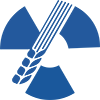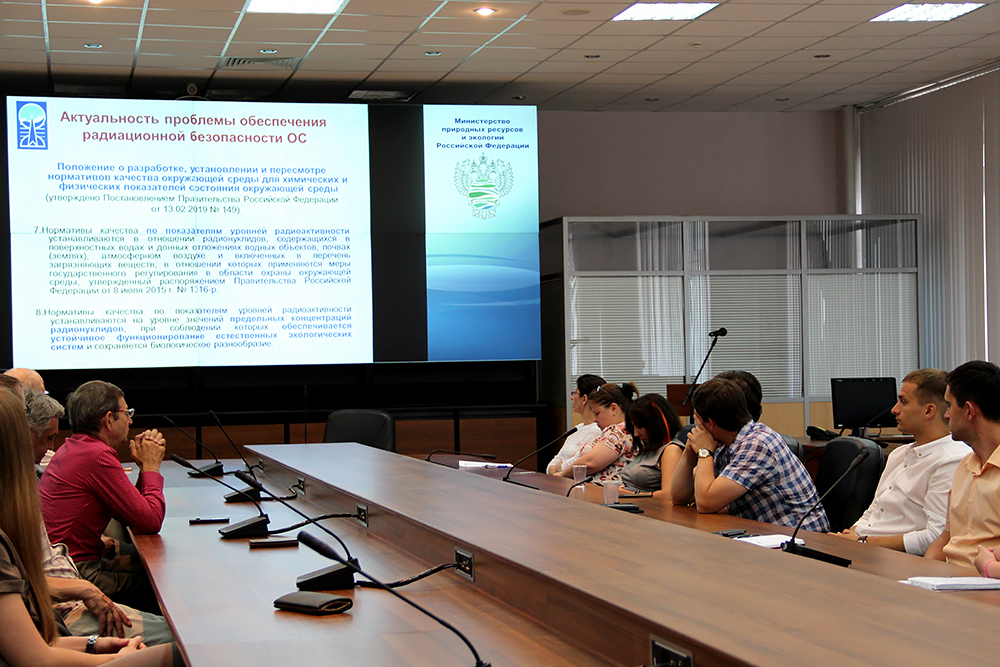On June 25, 2019, within the framework of the jubilee events dedicated to the celebration of the 65th anniversary of nuclear energy and the launch of the first nuclear power plant in the world, a joint round table of the RPA "Typhoon" and RIRAE was held on the topic: “Radioecological safety of the environment when using atomic energy ". The event was attended by more than 30 scientists and specialists, who heard and discussed 4 reports.
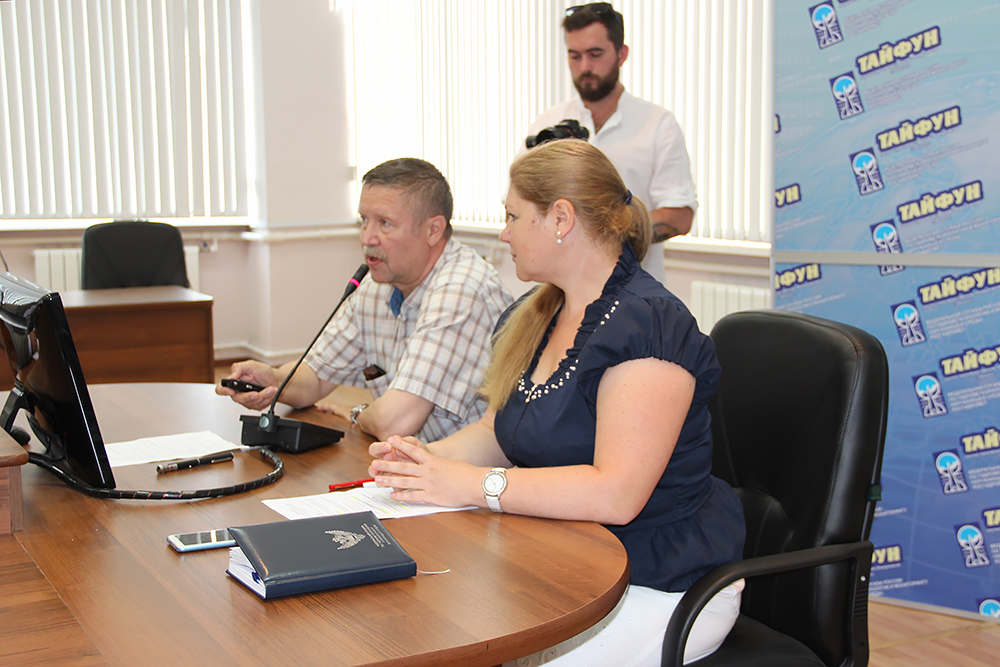 The report of the doctor of biological sciences, prof. Spiridonov Sergey Innokent'evich "Radioecological aspects of modern nuclear energy" formulated a number of radioecological problems in the field of nuclear energy and presented approaches to their solution. It is shown that at the planning stage of nuclear energy systems it is advisable to compare alternative options for their development based on generalized radioecological indicators. The results of the integral comparative assessment may be of interest to professionals and the public. The results of calculations are presented in the framework of the concept of radioecological equivalence in the system of raw materials - waste for the BREST-300 reactor. These results can be used when choosing parameters for the release of radionuclides from spent nuclear fuel. A comparative assessment of postulated accidents at the PWR-890, BWR-1412 and EPR-1600 reactors was carried out from the point of view of the impact on the reference natural object - the tree layer of coniferous forest. Assessing the potential impact on biota is an element of the radioecological substantiation of nuclear power facilities. The report presents the ranking of radionuclides by contributions to the total dose load from gas-aerosol emissions of promising VVER-1200 and BREST-300 reactors. It is shown that accounting of the main dose-forming radionuclides is necessary for a full-fledged assessment of compliance with quotas for public exposure in accordance with the Sanitary rules for the design and operation of nuclear power plants.
The report of the doctor of biological sciences, prof. Spiridonov Sergey Innokent'evich "Radioecological aspects of modern nuclear energy" formulated a number of radioecological problems in the field of nuclear energy and presented approaches to their solution. It is shown that at the planning stage of nuclear energy systems it is advisable to compare alternative options for their development based on generalized radioecological indicators. The results of the integral comparative assessment may be of interest to professionals and the public. The results of calculations are presented in the framework of the concept of radioecological equivalence in the system of raw materials - waste for the BREST-300 reactor. These results can be used when choosing parameters for the release of radionuclides from spent nuclear fuel. A comparative assessment of postulated accidents at the PWR-890, BWR-1412 and EPR-1600 reactors was carried out from the point of view of the impact on the reference natural object - the tree layer of coniferous forest. Assessing the potential impact on biota is an element of the radioecological substantiation of nuclear power facilities. The report presents the ranking of radionuclides by contributions to the total dose load from gas-aerosol emissions of promising VVER-1200 and BREST-300 reactors. It is shown that accounting of the main dose-forming radionuclides is necessary for a full-fledged assessment of compliance with quotas for public exposure in accordance with the Sanitary rules for the design and operation of nuclear power plants.
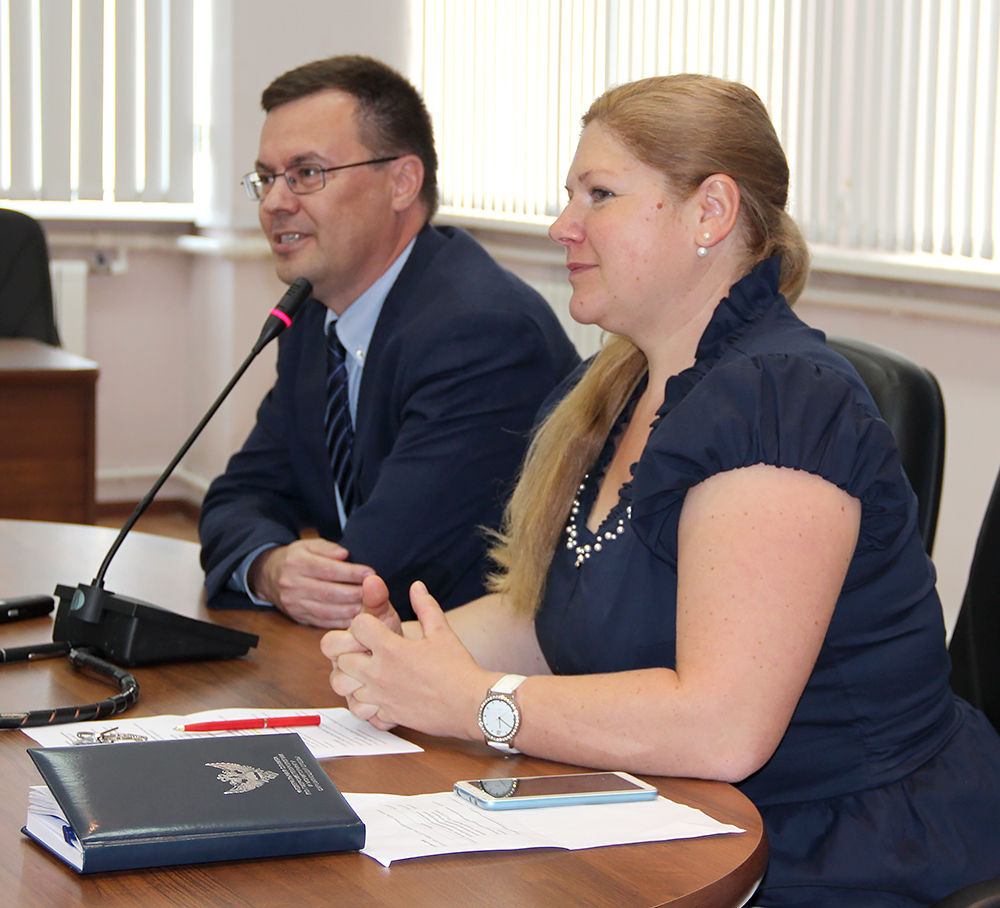 The report of Dr. Sc., Prof. RAS Panov Alexei Valeryevich "Radiation and environmental monitoring in the region of the Rostov NPP location. Results of long-term studies" presents an analysis of the results of observations of the influence of the Rostov NPP on the radioecological situation in the region of the station location obtained on the established network of radiation-ecological monitoring. The functioning of the Rostov NPP is ensured by the operation of four power units with VVER-1000 reactors: power unit No. 1 was launched in 2001, No. 2 in 2010, No. 3 in 2015 and No. 4 in 2018, respectively. Therefore, the conduct of radiation-ecological monitoring during 18 years in the region where the Rostov NPP is located made it possible to assess the impact of the nuclear power plant on people and the environment from the operation of all four power units. The report shows that food products from the Rostov NPP region, since the launch of power unit No. 1 to the present, fully complies with the standards established in SanPiN for the 90Sr and 137Cs radionuclides content and does not have a significant effect on the formation of additional doses of internal exposure among the population. Due to the consumption of local food, the population living in the Rostov NPP region receives about 133 Bq / year of 90Sr and 184 Bq / year of 137Cs, which is almost 420 times 137Cs and 100 times 90Sr below the annual intake limit ( GWP) established by NRB-99/2009. At the same time, the expected effective dose of internal exposure due to the intake of 137Cs and 90Sr per year is 7.8 µSv, which is below the global fallout of 10 µSv / year in the Russian Federation. Thus, the operation of the Rostov NPP in normal mode does not lead to a registered increase in the content of radionuclides in agricultural products, foodstuffs and environmental objects, as well as to an increase in dose loads on the population living near the NPP.
The report of Dr. Sc., Prof. RAS Panov Alexei Valeryevich "Radiation and environmental monitoring in the region of the Rostov NPP location. Results of long-term studies" presents an analysis of the results of observations of the influence of the Rostov NPP on the radioecological situation in the region of the station location obtained on the established network of radiation-ecological monitoring. The functioning of the Rostov NPP is ensured by the operation of four power units with VVER-1000 reactors: power unit No. 1 was launched in 2001, No. 2 in 2010, No. 3 in 2015 and No. 4 in 2018, respectively. Therefore, the conduct of radiation-ecological monitoring during 18 years in the region where the Rostov NPP is located made it possible to assess the impact of the nuclear power plant on people and the environment from the operation of all four power units. The report shows that food products from the Rostov NPP region, since the launch of power unit No. 1 to the present, fully complies with the standards established in SanPiN for the 90Sr and 137Cs radionuclides content and does not have a significant effect on the formation of additional doses of internal exposure among the population. Due to the consumption of local food, the population living in the Rostov NPP region receives about 133 Bq / year of 90Sr and 184 Bq / year of 137Cs, which is almost 420 times 137Cs and 100 times 90Sr below the annual intake limit ( GWP) established by NRB-99/2009. At the same time, the expected effective dose of internal exposure due to the intake of 137Cs and 90Sr per year is 7.8 µSv, which is below the global fallout of 10 µSv / year in the Russian Federation. Thus, the operation of the Rostov NPP in normal mode does not lead to a registered increase in the content of radionuclides in agricultural products, foodstuffs and environmental objects, as well as to an increase in dose loads on the population living near the NPP.
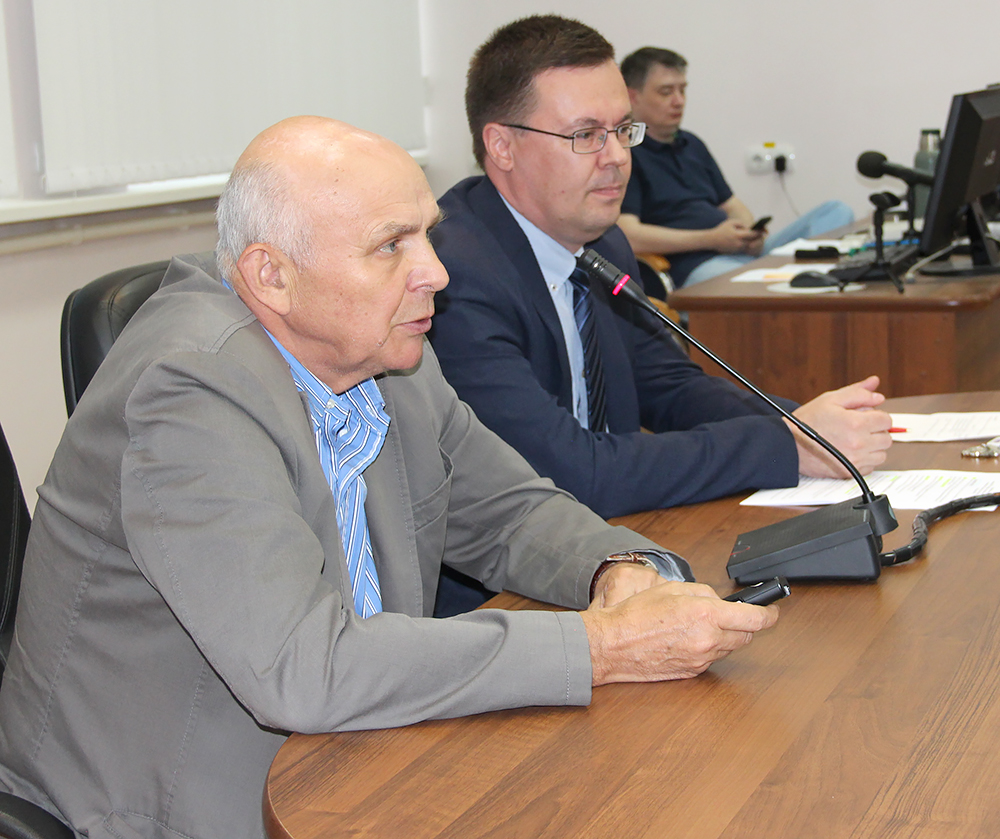 The report of Dr. Sc., Prof. Ivan Ivanovich Kryshev “Experience in the development and testing of environmental quality indicators to assess the radiation situation in the areas of NRHFs” presents the results of research conducted by RPA "Typhoon" experts on the assessment of radiation safety of the environment based on risk analysis methodology and monitoring data. It is symbolic that the city of Obninsk is not only the launch site of the First NPP in the world, but also a testing ground for the creation of a state radiation monitoring system in our country. The decision to focus the work on environmental radioactivity at the Obninsk test site (now RPA "Typhoon") was made shortly after the launch of the First NPP. The need to control the radiation situation in the country arose initially in connection with large-scale pollution of the environment as a result of testing nuclear weapons. Currently, priority attention is paid to radiation monitoring in areas where nuclear facilities are located. Scientific and methodological management of the state radiation monitoring network is provided by the RPA "Typhoon". For the first time in domestic and international practice, the specialists of RPA "Typhoon" have developed methods for determining the control levels of radionuclides in environmental objects, compliance with which ensures radioecological safety in the use of atomic energy. The developed guidelines have been tested for various radioecological situations both in standard operating conditions of nuclear facilities and for cases of radiation accidents. In order to comply with Government Decree No. 149 of February 13, 2019, it was proposed to use the research experience of RPA "Typhoon" to develop environmental standards for environmental quality in terms of radioactivity levels.
The report of Dr. Sc., Prof. Ivan Ivanovich Kryshev “Experience in the development and testing of environmental quality indicators to assess the radiation situation in the areas of NRHFs” presents the results of research conducted by RPA "Typhoon" experts on the assessment of radiation safety of the environment based on risk analysis methodology and monitoring data. It is symbolic that the city of Obninsk is not only the launch site of the First NPP in the world, but also a testing ground for the creation of a state radiation monitoring system in our country. The decision to focus the work on environmental radioactivity at the Obninsk test site (now RPA "Typhoon") was made shortly after the launch of the First NPP. The need to control the radiation situation in the country arose initially in connection with large-scale pollution of the environment as a result of testing nuclear weapons. Currently, priority attention is paid to radiation monitoring in areas where nuclear facilities are located. Scientific and methodological management of the state radiation monitoring network is provided by the RPA "Typhoon". For the first time in domestic and international practice, the specialists of RPA "Typhoon" have developed methods for determining the control levels of radionuclides in environmental objects, compliance with which ensures radioecological safety in the use of atomic energy. The developed guidelines have been tested for various radioecological situations both in standard operating conditions of nuclear facilities and for cases of radiation accidents. In order to comply with Government Decree No. 149 of February 13, 2019, it was proposed to use the research experience of RPA "Typhoon" to develop environmental standards for environmental quality in terms of radioactivity levels.
ВThe report of the head of the FEERC Mukhalev Viktor Nikolayevich “Information support for monitoring the radiation situation” shows that it is carried out through the specialized components of the Unified State Automated System for Monitoring the Radiation Situation in the Russian Federation. The Internet portal of the EGASMRO main information and analytical center is a single point of access to complete and reliable information on the current radiation situation on the territory of the Russian Federation and forecasts of the development of the radiation situation in the case of nuclear or radiation accidents and incidents, including the fulfillment of international obligations in this area . In accordance with their frequency, reporting documents are posted on the Internet portal, including monthly references and yearbooks on the radiation situation in Russia. Software and hardware complex analysis, forecast and presentation of information created to perform calculations on the analysis and prediction of the radiation situation in case of accidents at radiation-hazardous facilities, prepare in a given format help with the analysis and prediction of accidental pollution and send out to interested organizations and departments.
The reports presented at the round table aroused keen interest among the participants of the event. Many questions were asked to the speakers and in conclusion they suggested that it was necessary to hold joint meetings on the subject of the two institutions on a regular basis, inviting other interested parties.

